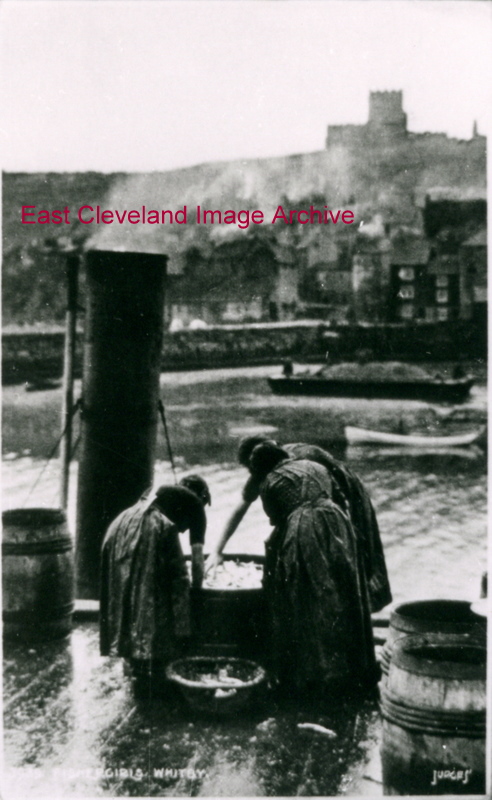
From a Judges postcard; a view of the fisher girls busy working on the fish quay.
Image courtesy of Joyce Dobson.
|
|
||
 From a Judges postcard; a view of the fisher girls busy working on the fish quay. 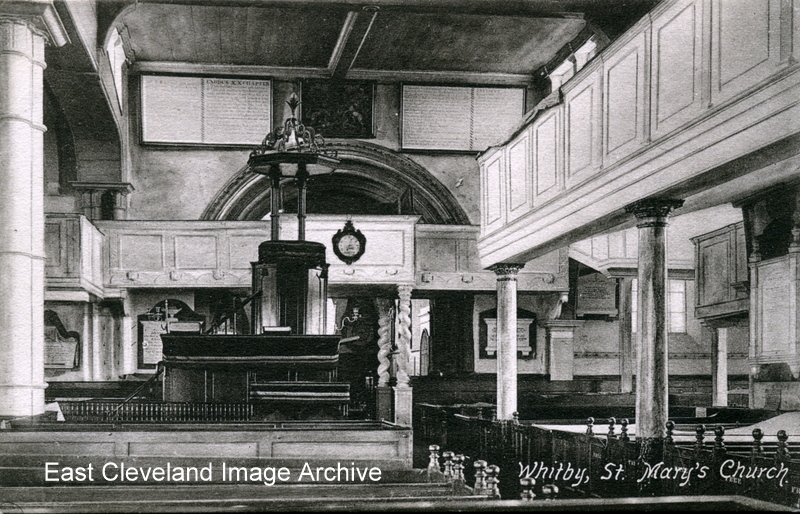 The inside of St Mary’s church for a change; with the famous pulpit. Image courtesy of Joyce Dobson. 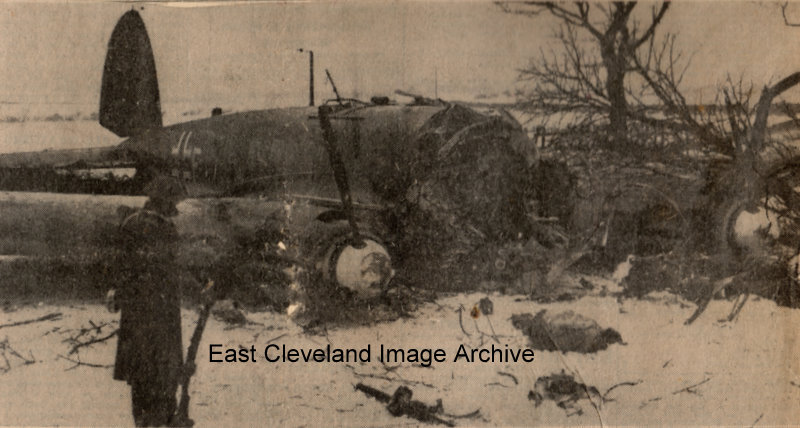 February 1940 and this is the first German bomber to be brought down on English soil. A North Eastern Gazette photograph of the ’plane after it had crashed into a farmhouse near Smeaton Castle. There is a commemorative stone to denote the situation of this event. David Richardson tells us: ”This was the Heinkel He111 that was shot down around 10.00a.m. on 3rd February 1940 at Bannial Flatt Farm, just outside of Whitby (half a mile from Sneaton Castle). The first German bomber shot down on British soil. The Luftwaffe crew were: Pilot – Fw Hermann Wilms, survived. Wireless Operator (/ Dorsal Gunner) – Uffz Karl Missy, wounded in both legs but survived. Observer – Uffz Rudolf (Rudi) Leushake, aged 23, died almost instantly. Mechanic (/ Ventral Gunner) – Uffz Johann Meyer, aged 25, mortally wounded.” Geoffrey Powell tells us: ”This plane was brought down by Pilot officer Peter Townshend, later Group Captain and equerry to Princess Margaret who was denied marriage to her by the establishment. As part of a disposal unit based at Goldsborough 1962, we travelled daily to Fylingdales to clear munitions so the builders could work in safety; building what is now an update of the original golf balls. One day when we were on the way back from a days work at Fylingdales we dropped off the truck and looked around with our mine detectors and found ammunition boxes and a machine gun in the undergrowth.” Sandie Dowkes tells us: ”My grandfather Leonard Frank Robinson took Police Sergeant Welburn from Hinderwell police station to search for the plane. When found the rear gunner was still sat in his seat unfortunately deceased. The pilot was taken into Whitby hospital where Group Captain Townsend later visited him.” John Richardson tells us: ”My mother, Marjorie (Peggy), née Oliver, of Guisborough was nursing at Whitby Memorial Hospital at the time and assisted at the operation to amputate one of Karl Missy’s shattered legs. She kept the bullet removed from his leg as a souvenir, my sister still has it.” From cutting part of a collection gifted to the Archive, most of the cuttings coming from the Northern Echo and cover the period 1930 to 1940. Thanks to David Richardson, Geoffrey Powell, Sandie Dowks and John Richardson for the updates. 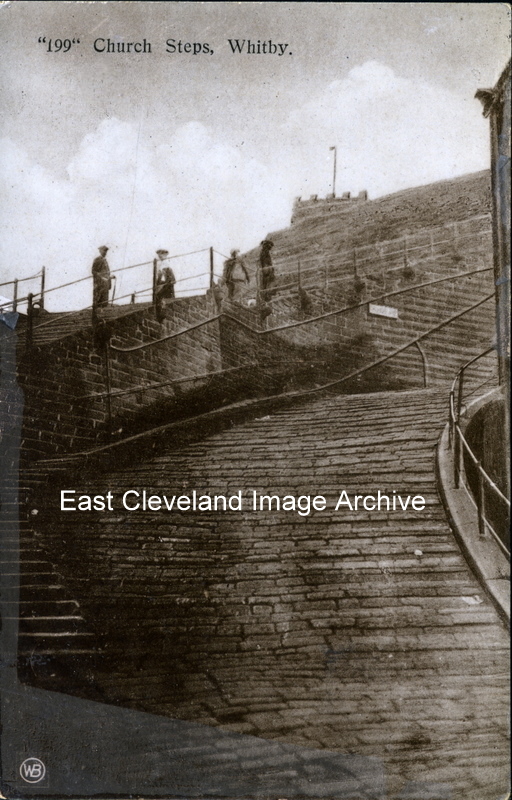 Counted as always by the people who walk up them but, I think this shows the donkey track rather than the steps, but a lovely photograph never the less. Image courtesy of Keith Bowers. 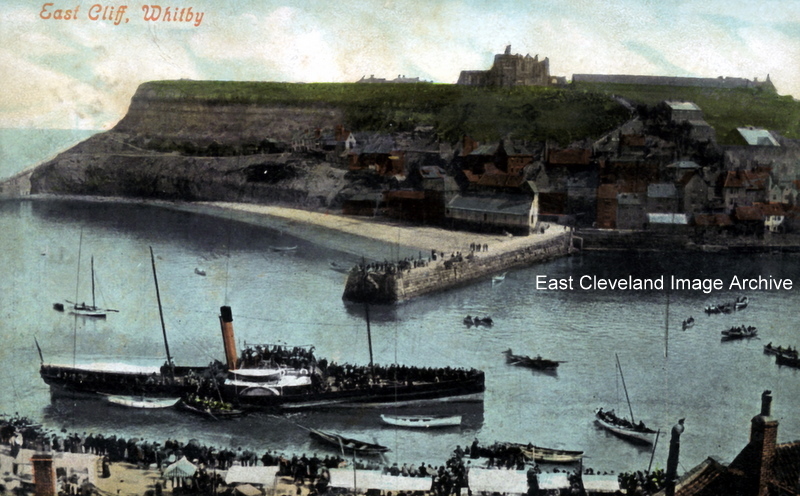 What a lovely sight a paddle steamer in Whitby harbour and how far the houses go round the cliff. Image courtesy of Joyce Dobson and Keith Bowers. 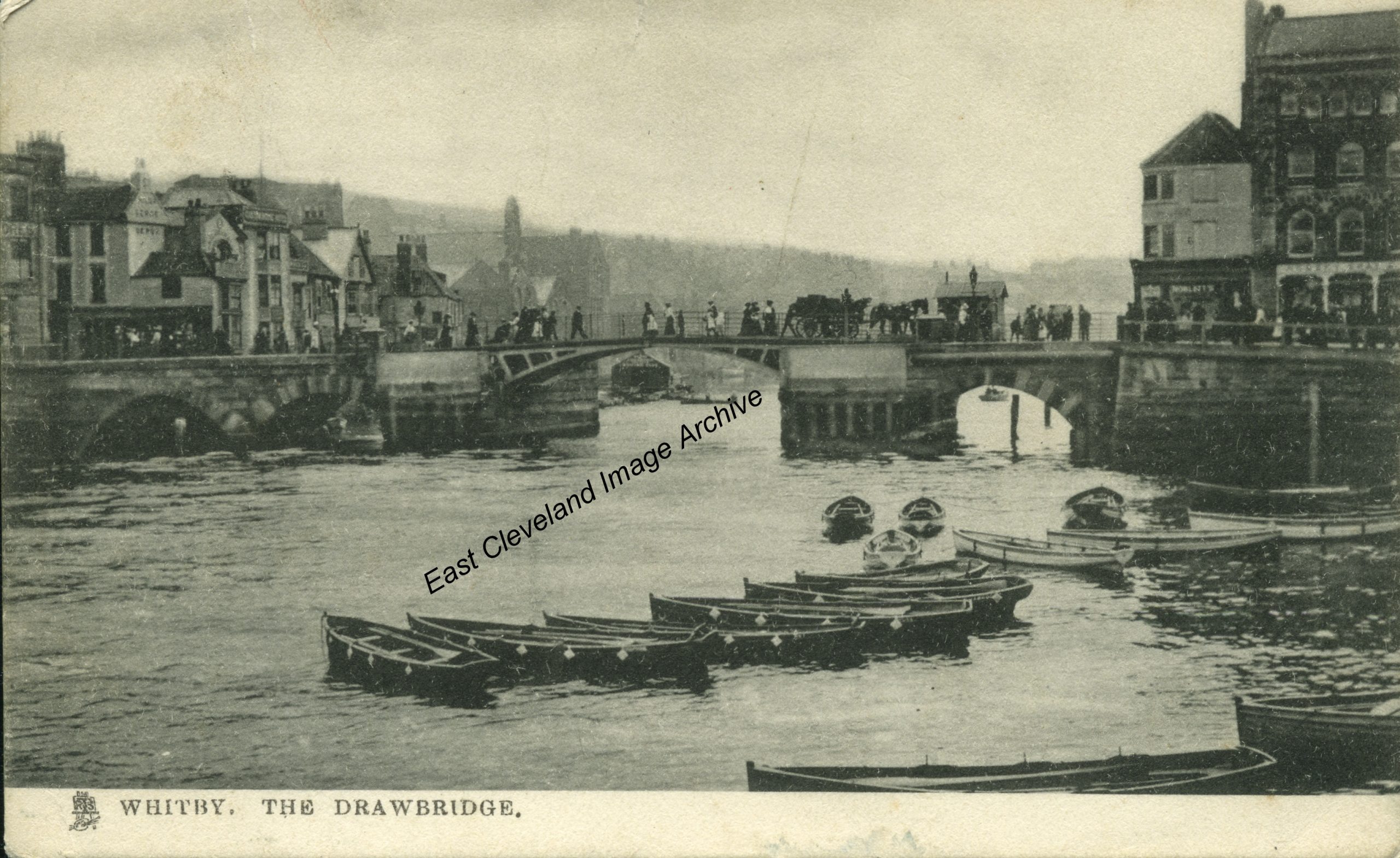 An unusual photograph of Whitby bridge and pre 1909, before the swing bridge was built. The buildings on the right of the view, known as ”Boot’s corner” were demolished in 1975 as part of a road widening scheme. 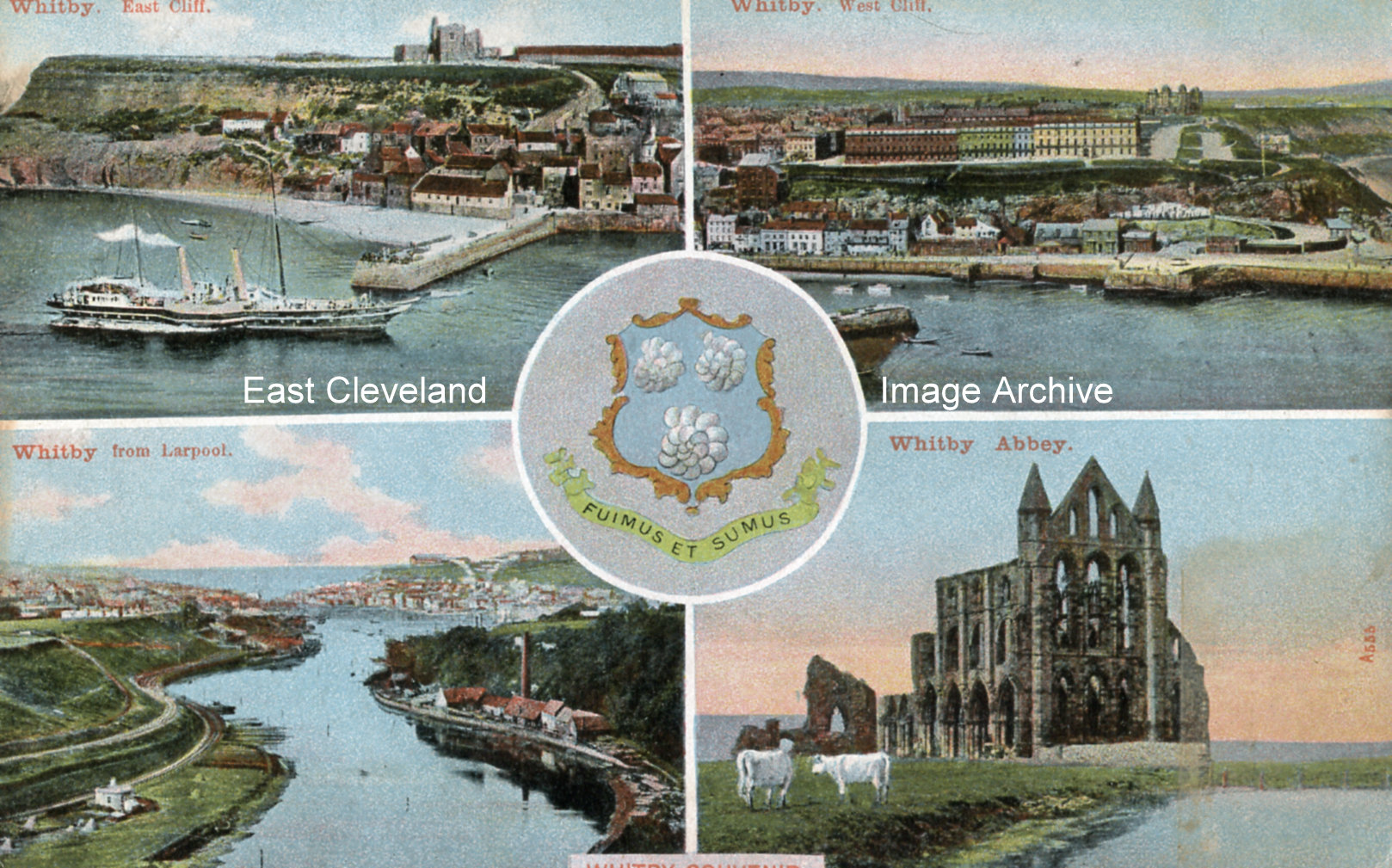 This card is from Peacock ’Autochrom’ Regd., The pictorial Stationery Co. Ltd., London. A paddle steamer can be seen in the harbour in the view of the East Cliff. The view from Larpool must have been taken from the railway viaduct. Image courtesy of Tina Dowey. 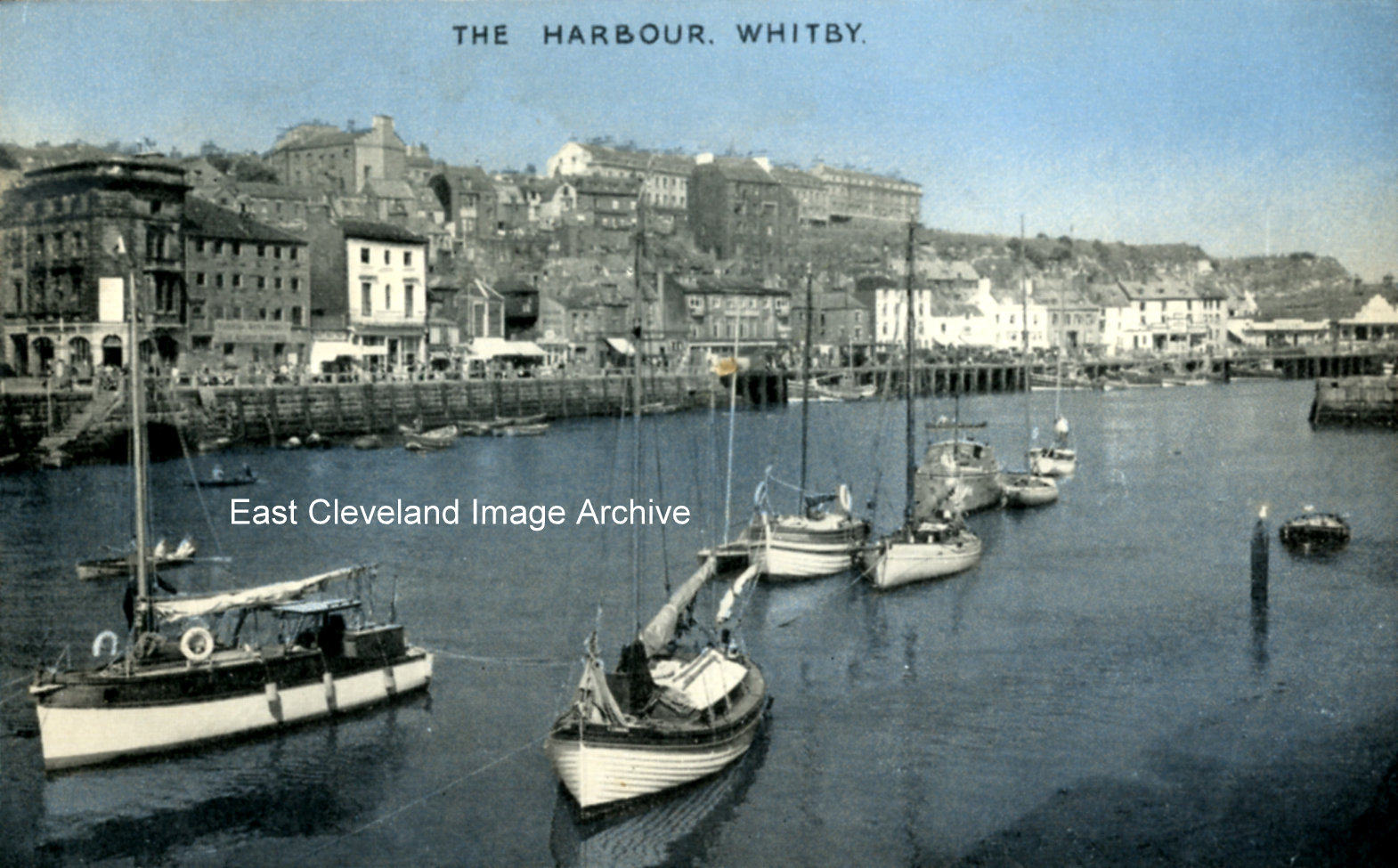 This view of the harbour, Whitby, is one from E. T. W. Dennis & Son, Ltd., London & Scarborough. Was it taken in the early sixties? If it had been posted it would have required a tuppence ha’penny stamp (1p). Image courtesy of Tina Dowey. 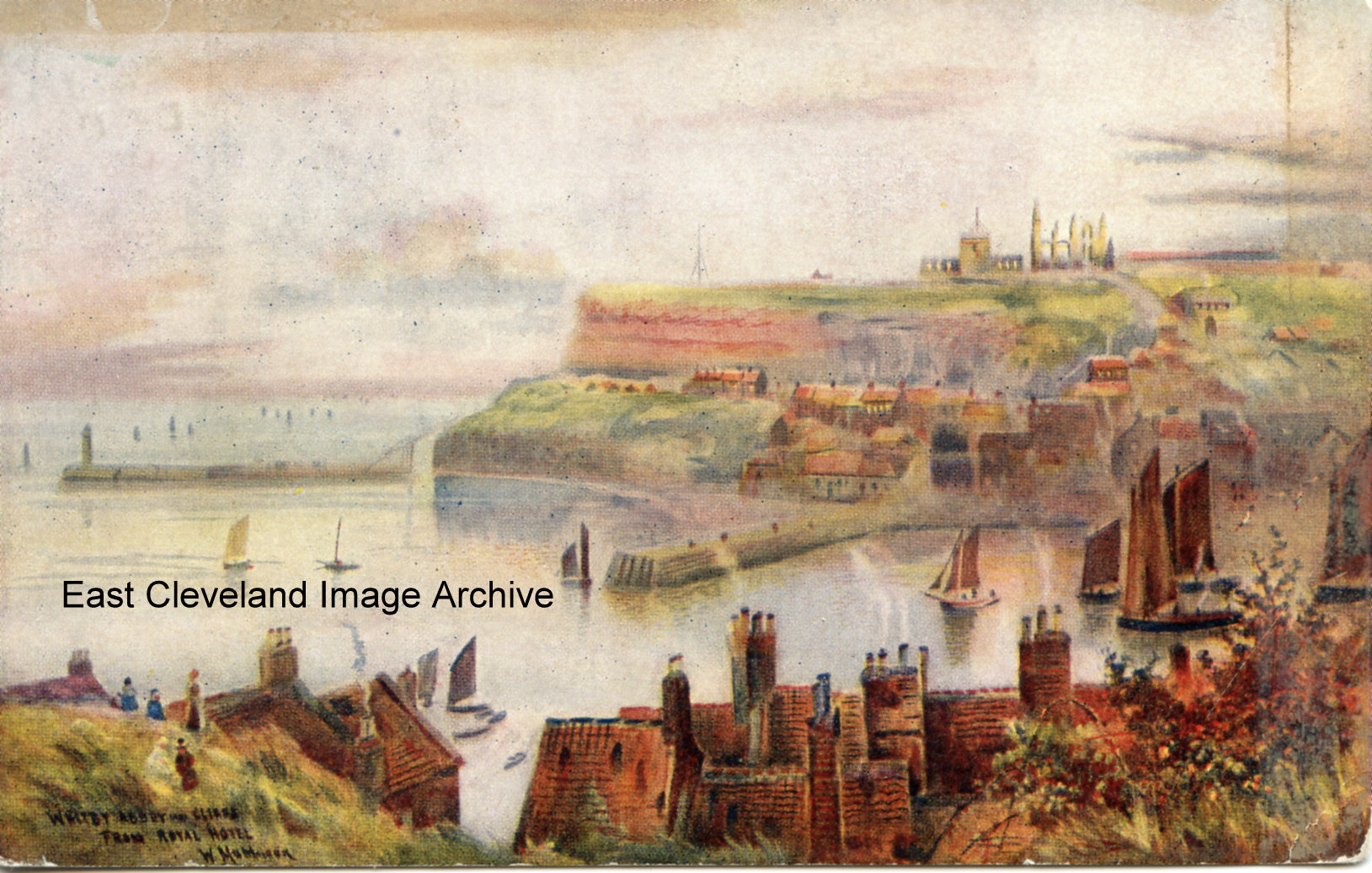 I can’t quite make out the name of the artist who painted this view of Whitby Abbey and cliffs from the Royal Hotel. The card was posted in December, 1906. Image courtesy of Tina Dowey. 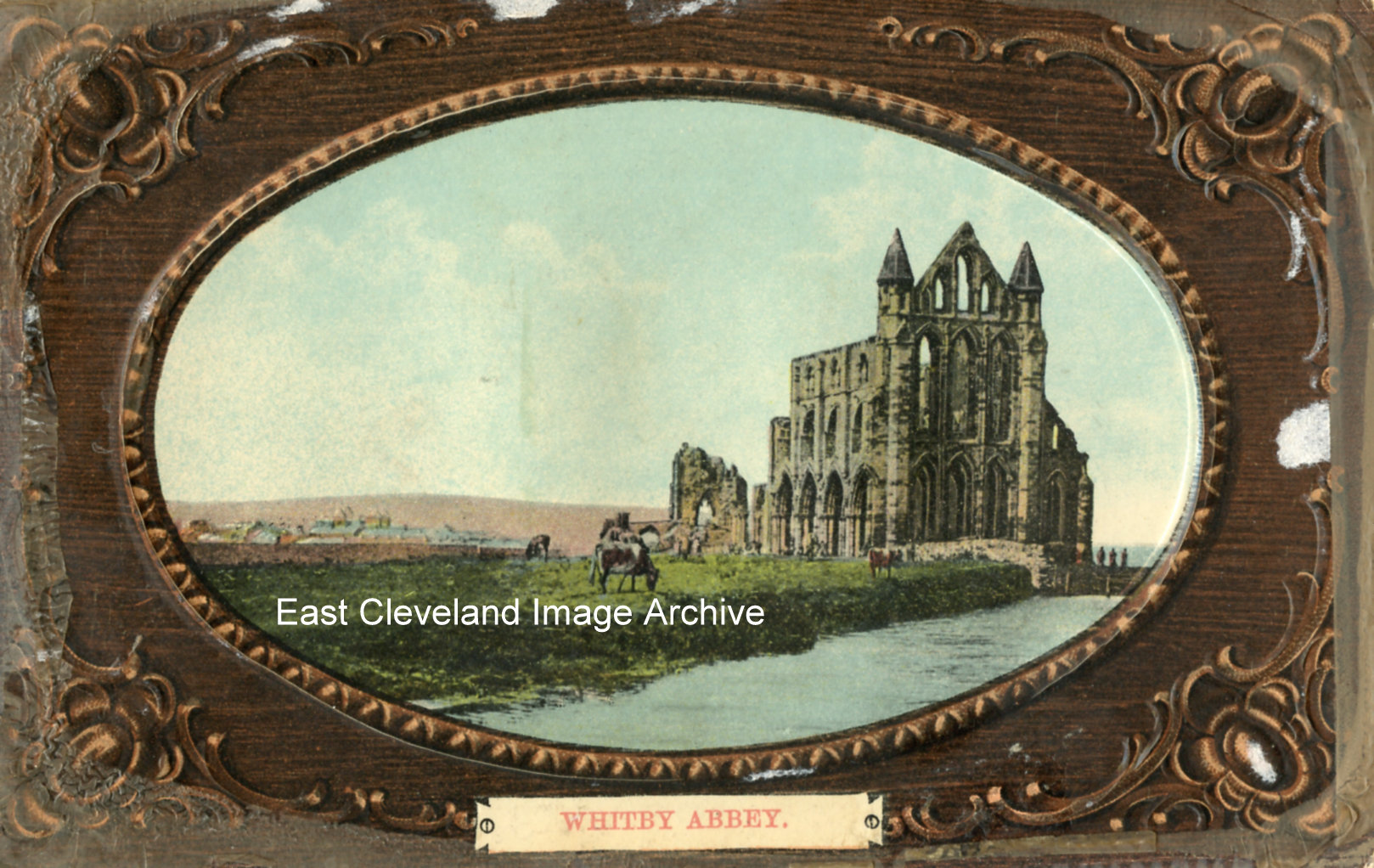 This card, showing a view of Whitby Abbey, is one of the Storefield Series from West Hartlepool. Image courtesy of Tina Dowey. |
||
Recent Comments